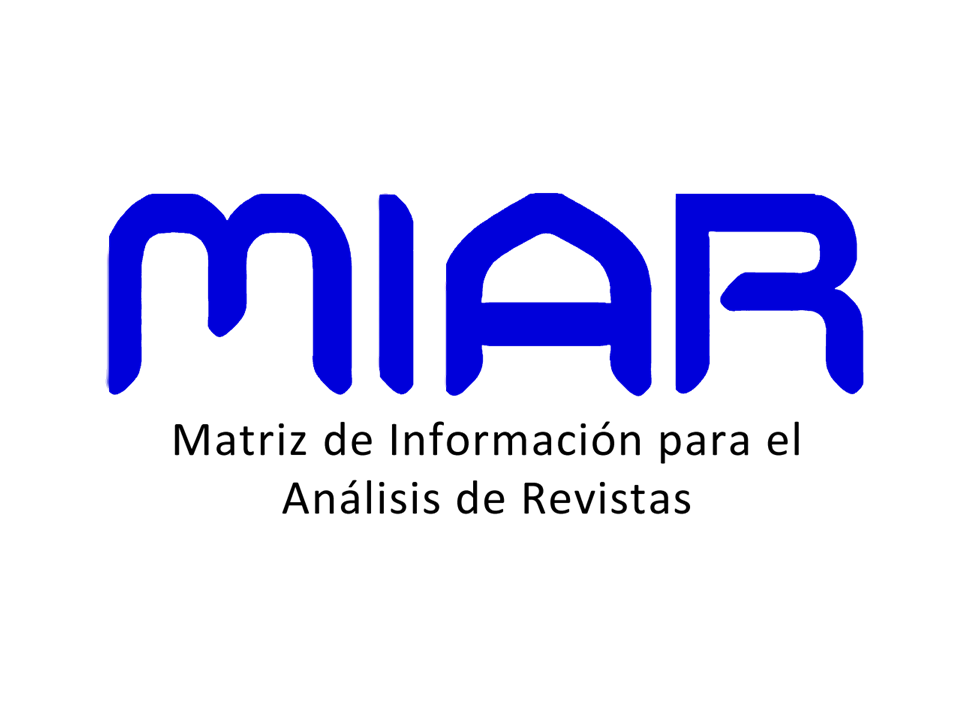DESEMPENHO LINGUÍSTICO INICIAL DE CRIANÇAS COM MICROCEFALIA SECUNDÁRIA A SÍNDROME CONGÊNITA DO ZIKA VÍRUS
DOI:
https://doi.org/10.22478/ufpb.1983-9979.2021v16n2.58833Keywords:
Microcefalia. Zika Vírus. Linguagem.Abstract
BACKGROUND: Since birth, child has been immersed in the social world, when human activity is mediated by language, and gradually appropriates the traits of culture, through its action on the world, relationships with objects and with the other. Children with atypical development may be slower to present communication through oral language, characterizing a linguistic performance below expectations, or even failing to develop it - children with Zika Virus Congenital Syndrome may experience both situations. OBJECTIVE: To describe the initial linguistic performance of children with Microcephaly secondary to ZIKV Congenital Syndrome. METHODOLOGY: 10 children between 32 and 45 months of age were evaluated using the Early Language Milestone Scale - ELM scale, which contains three language aspects: expressive auditory function (AE), receptive auditory function (AR) and visual function (V) . This scale is a concise language assessment tool capable of detecting changes in the first three years of life. The tests were performed by Direct testing (T) of the child; incidental observation of the behavior in question (O) and / or the parents' report (H). Then, the three items of success and failure in each of the functions were identified. At the end of the test, the age of performance of each function (AE, AR and V) was identified. The data were tabulated in a digital dataframe and statistical analysis was performed. RESULTS: The evaluated children had scores lower than expected in all items surveyed, emphasizing that there were no differences in skills between them, suggesting little evolution in the performance of functions. CONCLUSION: Children with microcephaly presented linguistic performance below the expected regardless of age, as well as impairments in the expressive auditory, receptive auditory and visual areas.
Keywords: Microcephaly. Zika virus. Language.










